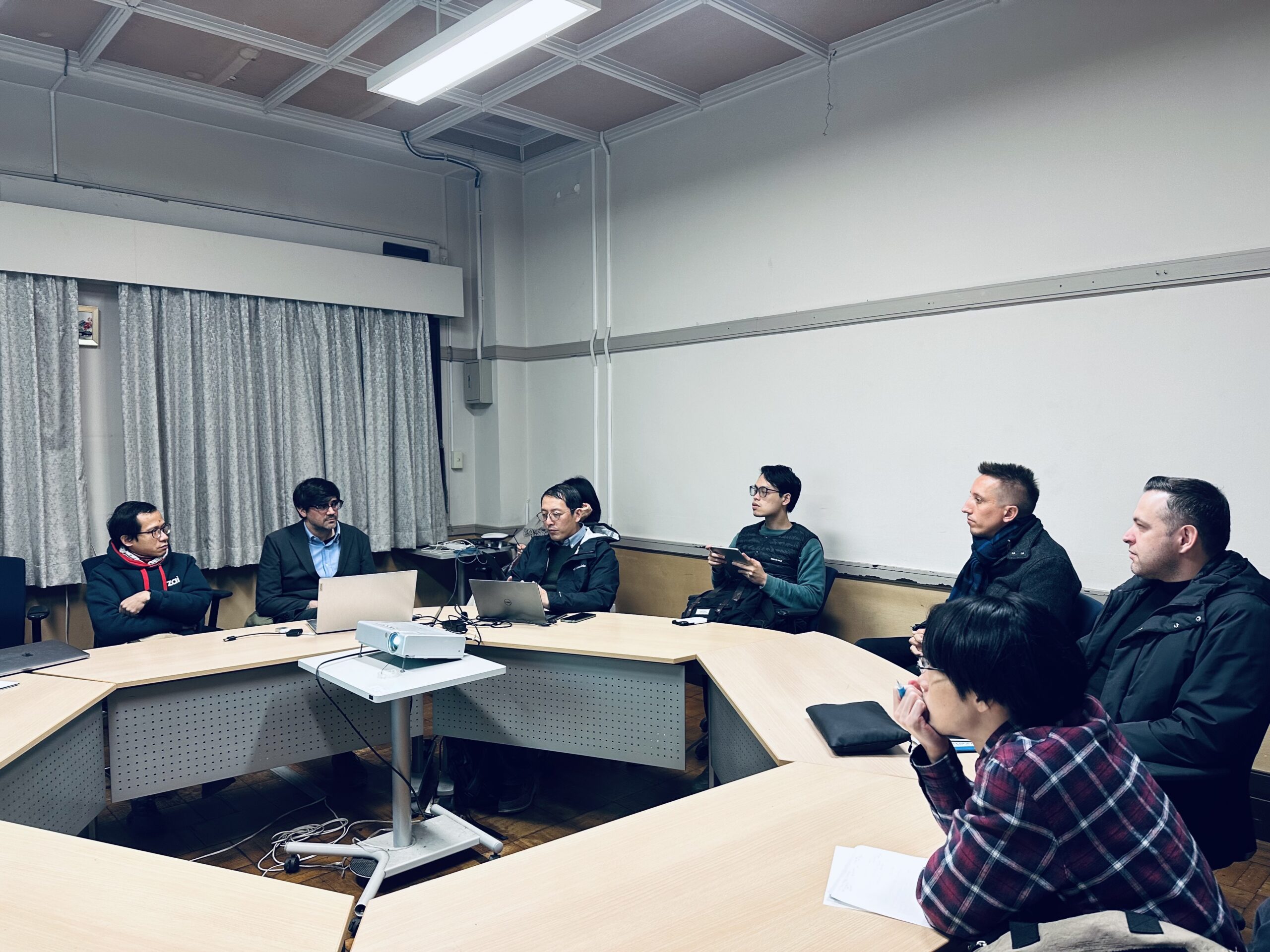In the second meeting of JPN, Dr. Stromback argues that there is a standard view on Japanese philosophy, namely, Nishida was a Zen Buddhist thinker. This view can be found in some scholarly works as well as encyclopedia articles on Japanese philosophy. Indeed, there are some reasons supporting this view. For example, Nishida did practice Zen; he mentioned Zen in his diary; and discussed Dogen in his philosophical writings. However, Dr. Stromback notices that Zen vanished in Nishida’s diary from 1907, and in fact Nishida also gave nods to other traditions. In the case of Buddhism, Nishida did not only mention Zen, but also the logic of soku-hi in Nagarjuna, Sunyata in Mahayana tradition, intuition in Yogacara, and Shin Buddhism. In An Inquiry into the Good (1911), Nishida mentions the notion of other-power. In “I and Thou” (1932), Nishida discusses the concept of original sin and the bottom of ourselves. In “The Logic of the Place of Nothingness and the Religious Worldview” (1945), Nishida explicitly mentioned Shiran, the true religion of other-power, the problem of evil, calling on Buddha’s name and the Pure Land. In conclusion, the standard view thinks Nishida advocates more self-power, but there is quite a bit of other-power in modern Japanese philosophers such as Tanabe Hajime, Mutai Risaku and Miki Kiyoshi. The Zen frame somehow reduces Nishida to a doctrinal thinker, and hence it is important to read Nishida in a cosmopolitan way. That is, to understand Nishida’s philosophy as a third position that goes beyond the self and the other, or even beyond Zen and Shin Buddhism.

Reported by Ching-yuen Cheung (Graduate School of Arts and Sciences)
Photographed by Hanako Takayama (EAA Project Assistant Professor)








